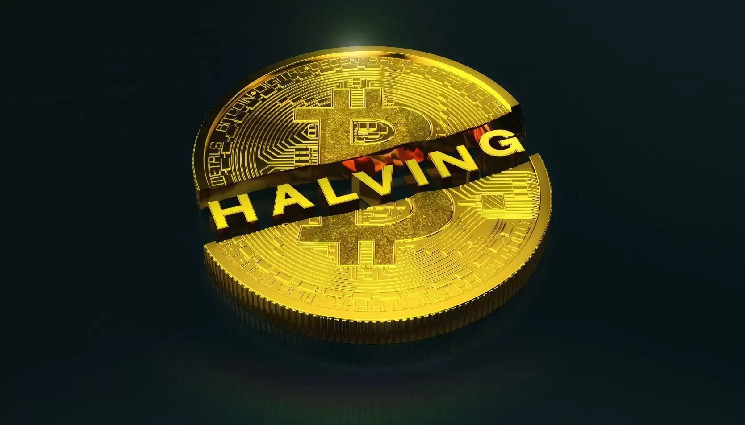The entire cryptocurrency world is preparing for the Bitcoin halving event, which is only a few days away.
This significant event, which will take place on April 20 at around 8 pm Turkish time (UTC+3), is a programmed feature of the Bitcoin network and occurs approximately every four years, or every 210,000 blocks.
With the halving event, rewards for miners will drop from 6.25 BTC to 3,125 BTC per block. This means miners will receive 50% fewer bitcoins for each block of transactions they mine and add to the blockchain. However, they will continue to earn additional transaction fees for each block mined as usual. Halving events will continue until the last BTC is expected to be mined around the year 2140. From now on, miners will only earn from transaction fees.
Historically, Bitcoin halvings have been associated with significant fluctuations in the BTC price. While not a direct cause-and-effect relationship, these events often occurred before significant bull runs in the BTC market.
The question of whether Bitcoin’s halving is “priced in” is raised every time this event occurs. However, there is one data point that suggests it’s “priced in” this time. According to Coinbase analysts David Duong and David Han, this is the first halving cycle in which Bitcoin reaches an all-time high before the halving, which could mean that the halving effect has already been priced in by experienced traders.
However, analysts added that there is still a collective belief that the halving could push prices up, which “could lead to behavior that results in a rally.”
This time Bitcoin is closer to its all-time high compared to previous halving events. However, the approval of spot ETFs has contributed to a significant change in the supply-demand dynamics of BTC, which could affect the price during and after the halving, as noted by analysis firm Kaiko.
“ETFs have seen strong inflows overall, which could indicate an immediate positive price impact as supply continues to decline,” Kaiko analysts said, adding:
“However, rapid outflows can also occur in ETFs, increasing selling pressure for the underlying asset during periods of market stress. We have only seen one week of net outflows so far, but this could change.”
*This is not investment advice.
Read the full article here

